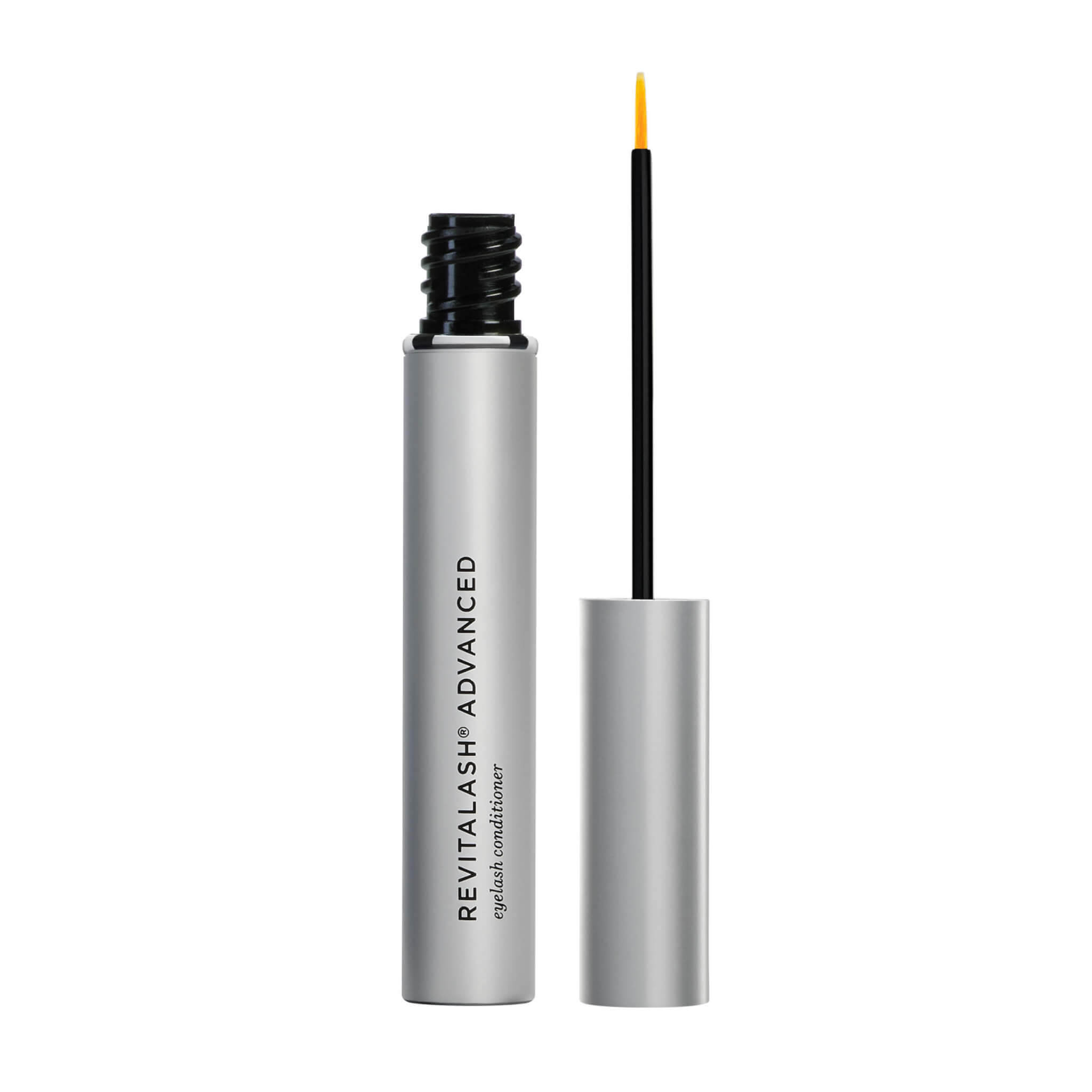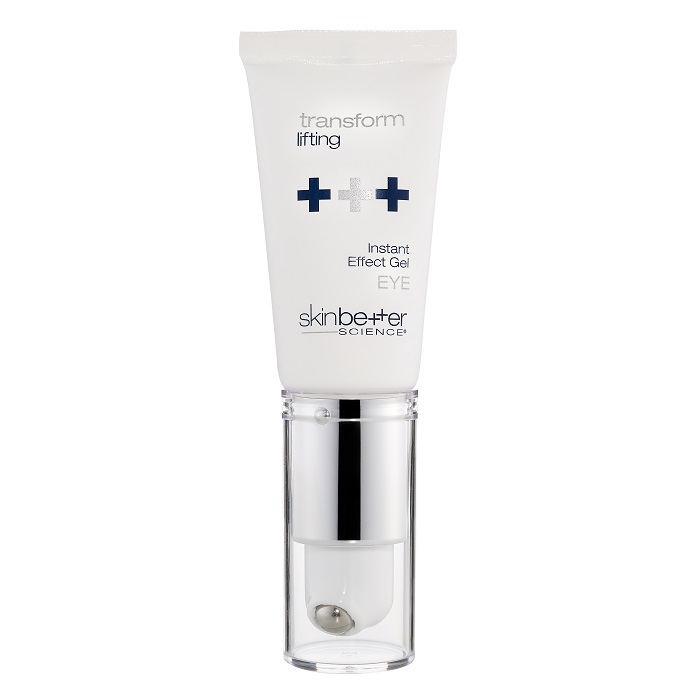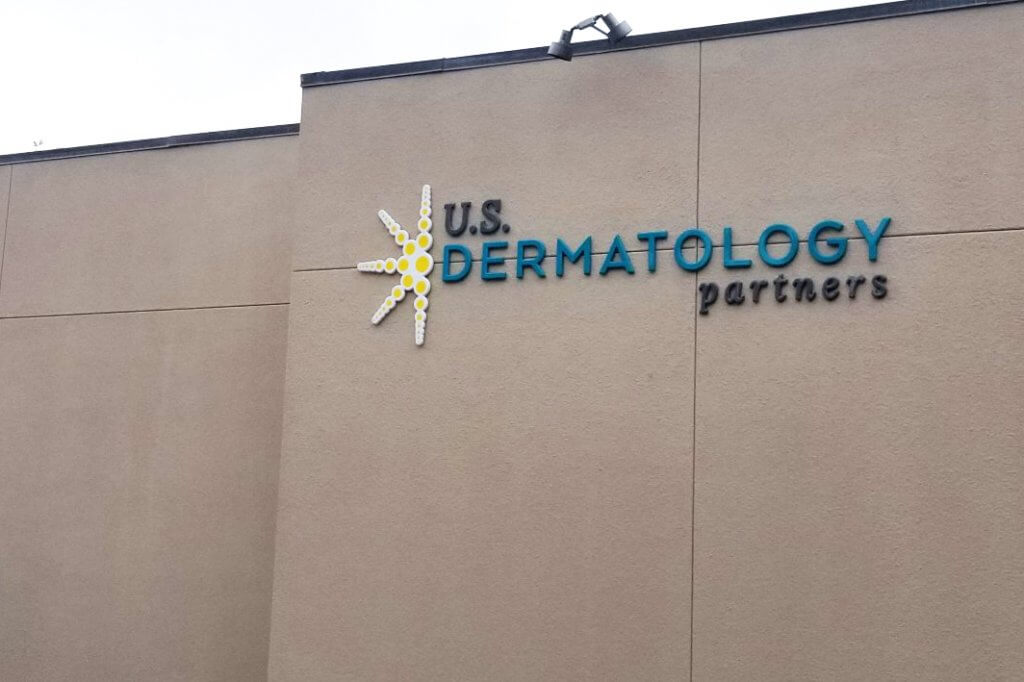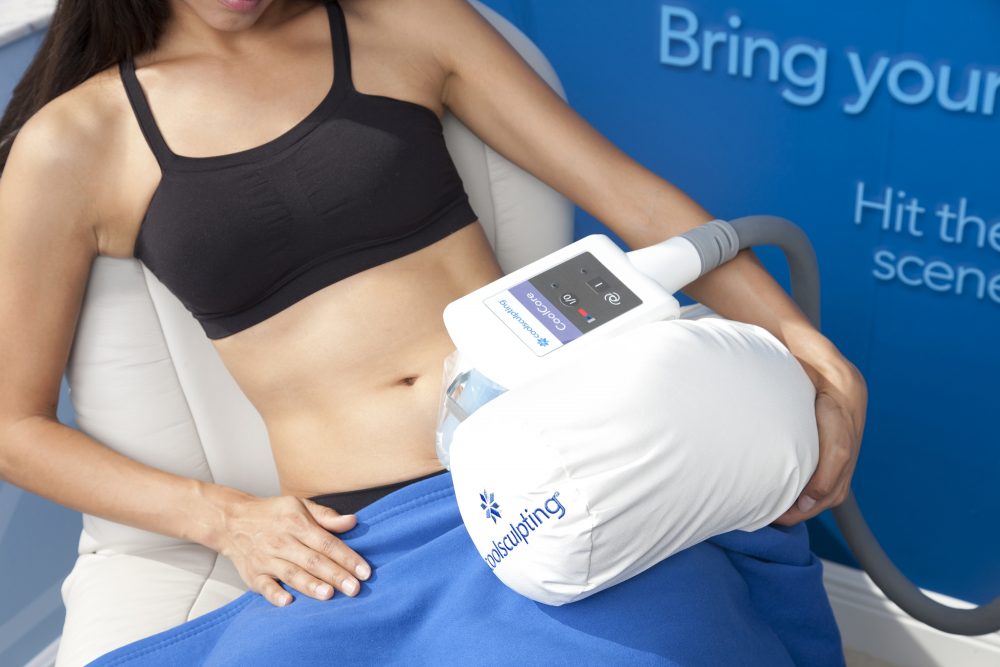
RevitaLash Advanced Eyelash Conditioner 2.0 ml

RevitaLash Advanced Eyelash Conditioner 2.0 ml

Instant Effect Eye Gel 15 ml

We are located in the Cultural District of Camp Bowie in between Hulen and Montgomery. Find us across the street from United Methodist Church and next to a bright pink building — Sally's Florist.
Get Directions|
Monday: |
8:00AM - 5:00PM* |
|
Tuesday: |
8:00AM - 5:00PM* |
|
Wednesday: |
8:00AM - 5:00PM* |
|
Thursday: |
8:00AM - 5:00PM* |
|
Friday: |
8:00AM - 12:00PM |
|
Saturday: |
Closed |
|
Sunday: |
Closed |

William F. Cothern, DO, FAAD, FAOCD
General DermatologyCosmetic DermatologySkin Cancer
Accepting New Patients
Welcome to U.S. Dermatology Partners Fort Worth Cultural District. Whether it’s protecting your skin from harm or restoring it to health, we have the knowledge, skills and technology to treat a wide range of skin conditions. Our specialized skin cancer procedures have generated exceptionally high cure results. In addition, our expert treatment of acne, dermatitis, psoriasis and other common conditions continue to expand with the development of additional physician and nursing resources, treatment options, and advanced clinical trials.
Amazing advances in health care have allowed us to offer our patients state-of-the-art treatment for skin disorders using the latest techniques in dermatology and cosmetic procedures. We offer comprehensive care of skin cancer, from examination to diagnosis and surgical or nonsurgical procedures. In the hands of Dr. William Cothern, Certified Physician Assistant Jana Atkins, and Licensed Aestheticians Faith Tidwell and Amanda Ortiz, patients have access to experienced, dedicated professionals whose goals are to make sure every patient receives the utmost attention and the highest level of care.
While we encourage you to read through the resources on this site, a personal consultation is necessary to discuss your goals and the best way to achieve those goals. With that said, we invite you to call or e-mail us if you have any questions or would like to schedule a consultation. Our passion is to provide the highest quality skin care available to you, our patients. We hope to make each visit — from initial consultation to treatment to follow-up — the most convenient and comfortable experience possible. We want to be your skin care partner for life.
We are proud to serve the surrounding neighborhoods and areas of Fort Worth, Texas:
 Vivace RF Microneedling
Vivace RF MicroneedlingVivace RF Microneedling is an innovative new cosmetic dermatology solution that combines microneedling with state-of-the-art radiofrequency technology to deliver exceptional results in helping maintain skin that looks smooth and youthful. The Vivace treatment process combines these four effective treatments to deliver exceptional results: Microneedling, Radiofrequency Technology, Cooling Peptide Masks, Deep Moisturizing Serum & Protective Balm. Best of all, there is no major downtime or recovery!
 CoolSculpting
CoolSculptingOur dermatology office offers CoolSculpting in Fort Worth, Texas. CoolSculpting is a safe, effective and non-surgical way to get rid of fat. It is a form of body contouring that uses extremely low temperatures to freeze and permanently destroy fat in problem areas. As a quick treatment with no downtime or recovery time afterward, it is an easy way to target problem areas that are resistant to diet or exercise. Both men and women who have problem areas where they can’t lose the fat, regardless of how much they diet or exercise, can benefit from CoolSculpting.
For general inquiries or if you would like to request a call back, please click below to fill out our contact form.
Contact Us
RevitaLash Advanced Eyelash Conditioner 2.0 ml